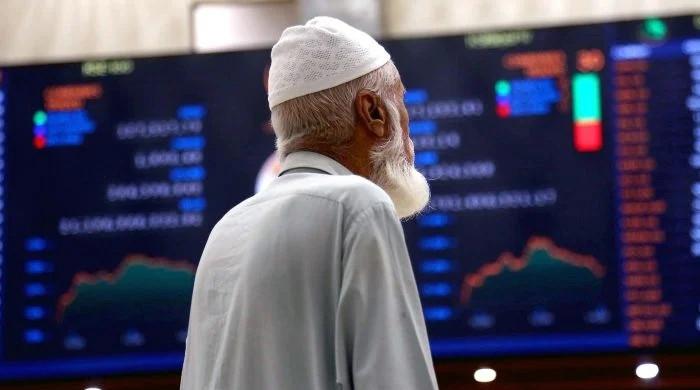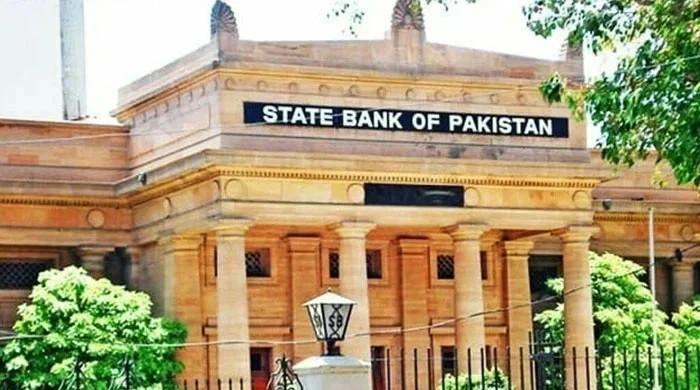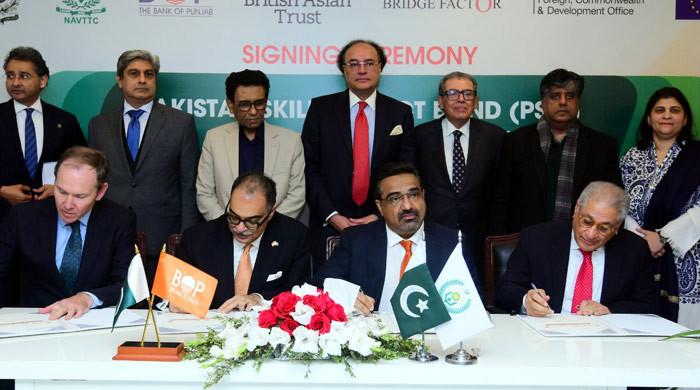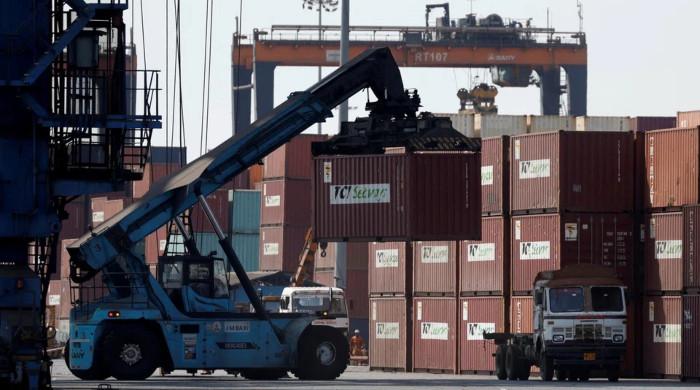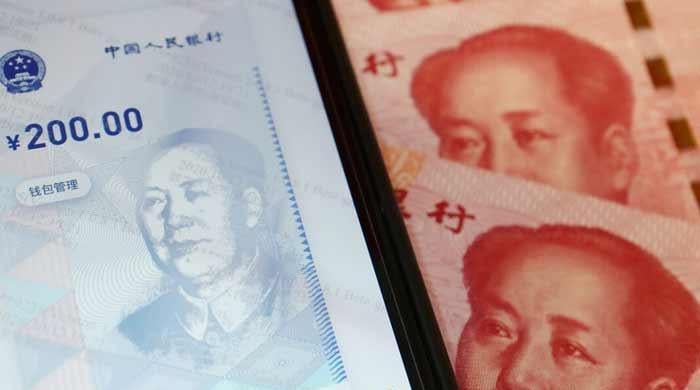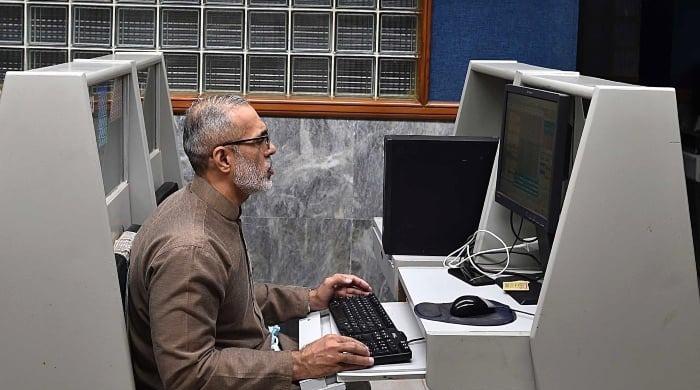Rupee gains ground against dollar for seventh successive session
Pakistani rupee gains 2.13 against dollar to close at 221.91 in the interbank market
August 10, 2022
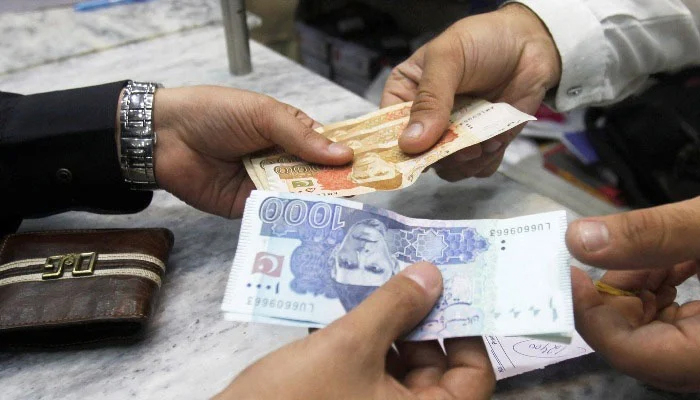
- Rupee continues to gain against dollar in interbank market.
- Rupee gains 2.13 against dollar, closes at 221.91.
- UAE says it intends to invest $1 billion in Pakistani enterprises.
KARACHI: The Pakistani rupee continued to strengthen against the US dollar for the seventh consecutive session in the interbank market on Wednesday.
During the day's trade, the dollar further depreciated, losing Rs2.13 or 0.96% against the rupee, and closed at 221.91 in the interbank market, according to the State Bank of Pakistan (SBP).
Apart from all positive cues, the latest development that played a factor in the rupee's appreciation includes the announcement that the United Arab Emirates (UAE) intends to invest $1 billion in Pakistani enterprises.
Last week, the UAE said it plans to invest $1 billion in Pakistani enterprises in a variety of economic and investment areas as the country navigates a tough economic situation.
Economist and former adviser to the federal ministry of finance Dr Khaqan Hassan Najeeb said that the factors that led to pressure on the rupee are unwinding, and thus, the rupee is strengthening.
When it comes to the International Monetary Fund's (IMF) programme revival, the lender's Executive Board will meet on August 24 to consider Pakistan's request to approve the Extended Fund Facility.
But the IMF has asked Pakistan to ensure a financing gap of $4 billion as a condition for the programme's revival, which the government is trying to arrange from friendly countries.
Pakistan's powerful quarters have approached US officials, as well as officials from the Kingdom of Saudi Arabia and the UAE to get the necessary financial backing for the revival of the delayed IMF programme.
Finance Minister Miftah Ismail, in a recent interview, said that the IMF's loan would bring macro-economic stability. Economist Najeeb agreed and noted that the IMF programme's resumption is insight, which is helping stabilise the market.
State Bank of Pakistan (SBP) Acting Governor Dr Murtaza Syed, in an interview with The News, had said Pakistan will soon bridge its external financing gap of $4 billion.
Syed said Pakistan has already managed gross external financing requirements of $34 to $35 billion but in addition, Islamabad is making efforts to get confirmation of $4 billion inflows from friendly countries such as Saudi Arabia, the UAE, and Qatar.
However, the acting SBP governor was reluctant to share any time frame for bridging the financing gap of $4 billion. He said that it would be managed soon.
Pakistan is desperate to get loans as the country’s foreign exchange reserves held by the SBP continue to decline. On July 29, the forex currency reserves held by the central bank were recorded at $8,385.4 million, down $190 million compared with $8,575.16 on July 22.
"The dollar liquidity crunch appears to be easing as imports have declined in July, exporters have liquidated their positions and oil price, and those of wheat and cotton are coming down in the international market," economist Najeeb said.
"In a market-driven exchange rate regime, we must remember that the value of the currency is highly influenced by the current account deficit, which the country must manage going forward," he added.




